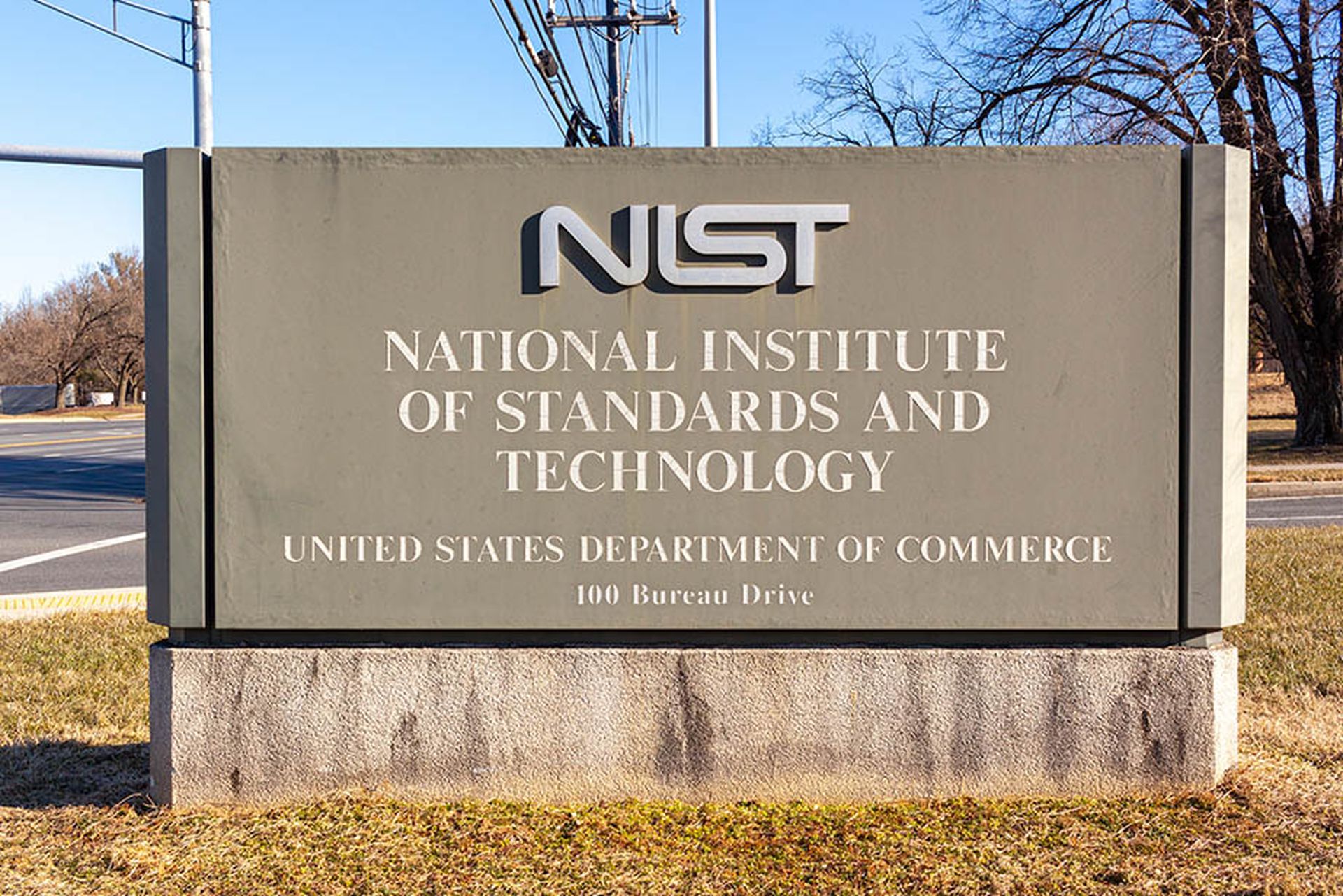It’s a fast-growing technology with a variety of important commercial and military applications. And now, it’s at the center of the latest tensions between the United States and China over potential security threats posed by Chinese technology.
LiDAR, which stands for light detection and ranging, bounces laser beams off objects to generate accurate information at long ranges about the distance, size, shape, and characteristics of everything in an environment, regardless of light conditions or physical obstacles.
The technology, the development of which traces back to the early 1960s and was used by Apollo 15 in 1971 to map the surface of the moon, Mars, and Mercury, has become much more accurate and reliable through the years, thanks to advancements in lasers, optics, and computing.
This level of precision has made LiDAR essential in applications such as allowing autonomous vehicles to “see,” providing 3D mapping of battlefields, surveying damage after natural disasters, and monitoring crop conditions and soil heath.
While the global LiDAR market once was dominated by U.S. companies, the Chinese government has increased its investment in the sector in recent years – to the point that one Chinese company, Hesai Technology now says it has led the automotive LiDAR market the last two years, with 47% share.
And that has made LiDAR a geopolitical hot button. Some members of Congress and the Biden administration are concerned that such dominance in an important emerging market could give the Chinese government and companies an easy way to harvest large amounts of sensitive data about U.S. infrastructure and citizens from LiDAR embedded in American-made products and systems.
In addition, accusations have flown that some firms in the People’s Republic of China have used questionable practices to obtain U.S. LiDAR intellectual property.
“China’s LiDAR firms benefit from PRC industrial policies and related subsidies, market protections, preferences (procurement), and other practices widely seen as unfair,” the Congressional Research Service charged in a report this past August. “PRC policies incentivize aggressive tactics to obtain foreign IP, which may distort the common use of trade tools and involve questionable practices or illicit activity.”
The issue attracted more heat on Nov. 28 when 20 Republicans and Democrats on the House Select Committee on the Chinese Communist Party sent a letter to Commerce Secretary Gina Raimondo, Treasury Secretary Janet Yellen, and Defense Secretary Lloyd Austin urging the Biden administration to investigate whether to place restrictions on Chinese LiDAR firms.
“Given the importance of LiDAR, it’s crucial to ensure U.S. technology used in foreign LiDAR systems are not being leveraged by our adversaries to create autonomous military vehicles and weapons,” the lawmakers said. “Urgent action is also needed to stop LiDAR produced by state-backed entities from foreign adversary countries to proliferate in the U.S. market or gain access to U.S. capital markets or U.S. critical infrastructure systems.”
Concerns over Chinese-made technology growing widespread
Of course, it’s far from the first time that concerns have been raised, and action taken, over the potential for China to leverage its strong technological position into misuse of U.S. citizens’ private data and other national security threats.
More than 30 states have prohibited or curtailed TikTok’s use on government-owned-and-issued devices by agencies, employees and contractors. They’re worried that the popular video app’s parent company, ByteDance, could be forced to share data on U.S. users with the Chinese government under China’s 2017 National Intelligence Law. Such information would include profiles, contacts, messages and location information.
In March, the Biden administration demanded that ByteDance spin off its share of the social media platform or face a ban in the U.S. Last November, the administration essentially blocked the sale or import of new telecommunications and computer network equipment from China's Huawei Technologies and ZTE because of "an unacceptable risk" to U.S. national security. As with TikTok, officials warned that China could use the equipment as vectors for cyberattacks and espionage.
Transportation Secretary Pete Buttigieg, speaking to a Reuters reporter in July, connected the dots between all of these flashpoints. "Whether we are talking about hardware or software, in the same way there are concerns around telecom or TikTok, there are concerns around transportation technologies like LiDAR," he said.
Chinese officials routinely have dismissed the anxiety in the U.S. as unfounded, but the potential risks are real. A long list of cyberattacks including espionage and intellectual property theft has been attributed to state-sponsored and non-governmental entities in China. It’s understandable that people would worry LiDAR presents an opportunity for more of the same.
Thus, we should commend the 20 House members who called attention to the issue in late November. Now, the administration needs to carefully determine its next actions.
The LiDAR issue reinforces the need for every organization to maintain complete asset intelligence for their networks. It isn’t merely enough to know what assets exist on the network; today the complexity of advanced technology can conceal asset behaviors that might reveal more nefarious activity. Are LiDAR components from Hesai or another Chinese company in your agency or enterprise? Where? What are they used for? What are they communicating with?
As with anything in a network, we’ll require a high level of insight to enable security teams to monitor for unusual activity, identify any compromised systems, retain metadata for possible investigation, and plan for any necessary remediation.
Attaining complete asset visibility represents just the first challenge. Facing funding and IT skills gaps, many agencies lack the resources to address the vulnerabilities that are made apparent in assessments of their networks, but there are platforms that assist with real-time management of this cyber risk exposure. If the government wants to ban Chinese technologies, it also needs to prepare to offer the support necessary to help agencies fill the technological gaps left behind, and pursue the right public-private partnerships that can help for the betterment of society in light of these challenges.
It's a high bar, but the concerns about LiDAR have proven too great for government agencies or any organization to ignore. We must act now, or we’ll always find ourselves chasing the train.
Tom Guarente, vice president, external and government affairs, Armis




